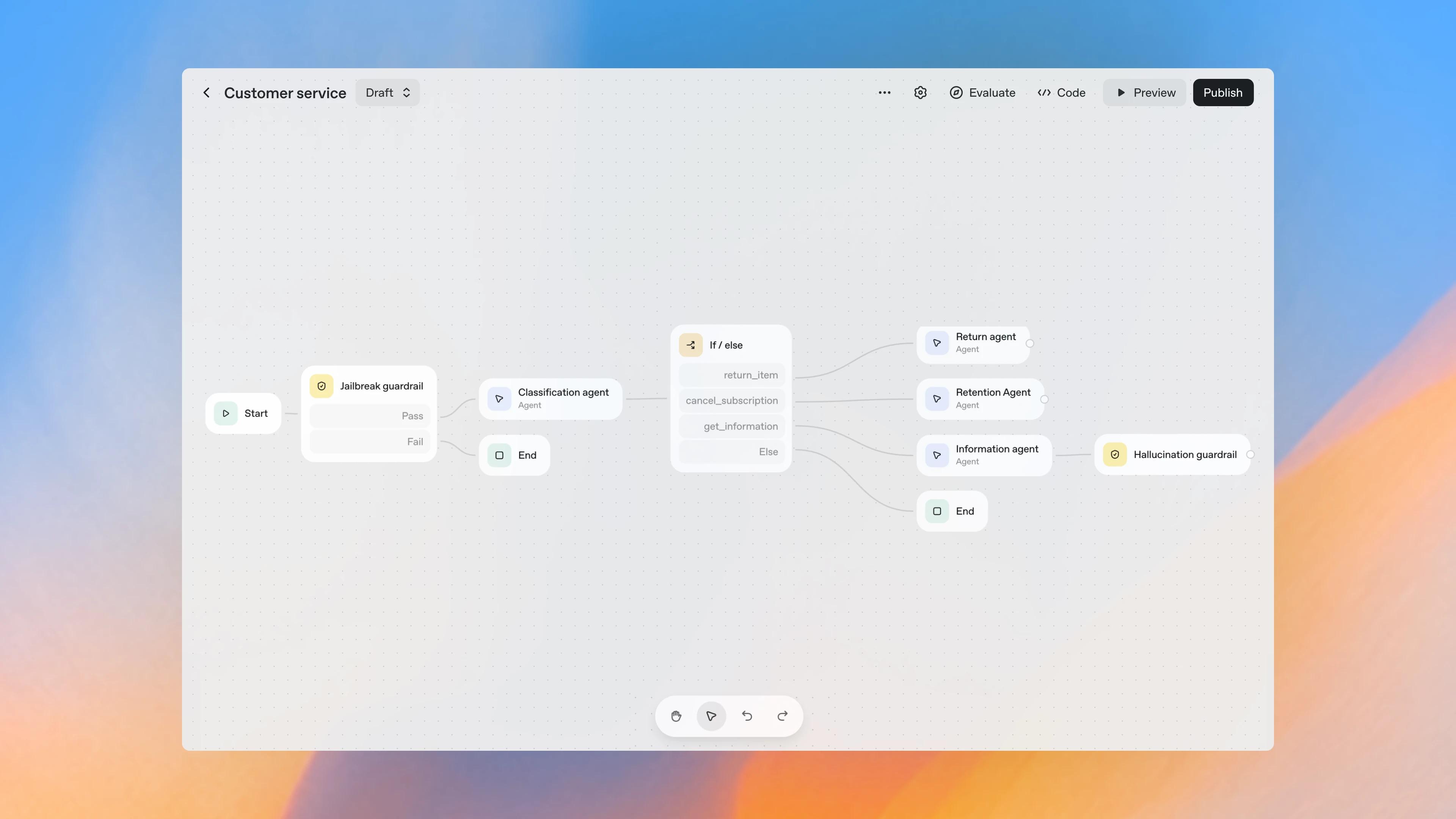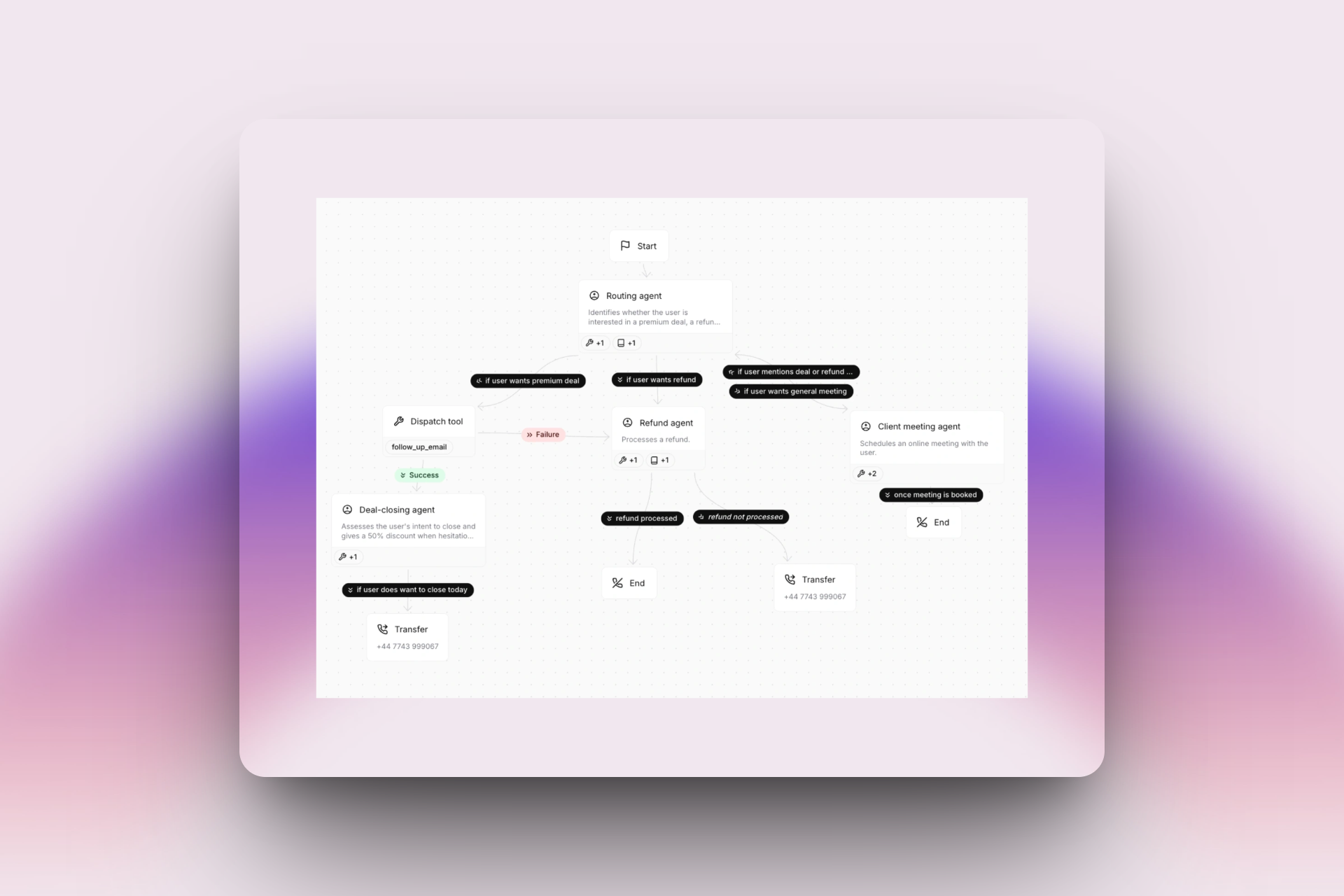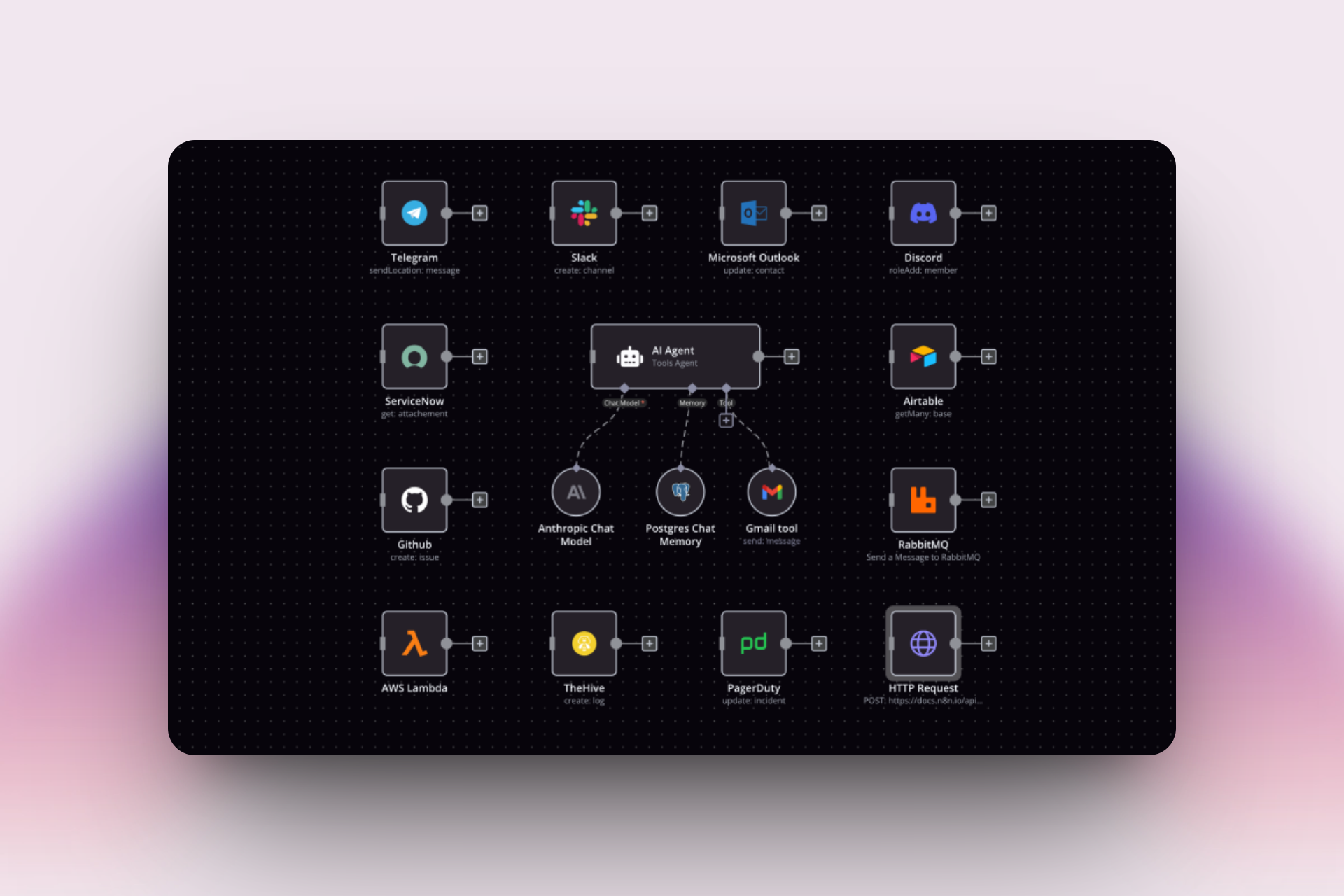TL;DR
Automation is no longer just for developers. A new wave of open, accessible workflow and agent builder platforms is putting creative power into everyone’s hands, from marketers to operations to product teams.
The future belongs to builders.
Some numbers:
- The global business process automation market is projected to hit $19.6 billion by 2026, signaling robust investment and adoption worldwide.
- 61% of businesses that implement sales automation tools see ROI within six months.
- 31% of businesses have fully automated at least one key business function
- 13% of the surveyed organizations say that they are implementing intelligent automation solutions at scale; 23% are implementing, and 37% are piloting automation
- Workflow automation increases lead quantity by 80%, conversions by 75%, and qualified leads by 451%, particularly in marketing and sales.
How Automation became everyone’s superpower
There’s a fundamental shift happening in technology. For years, automating work or creating systems was something “only developers do.” Now, that’s changing rapidly. Across industries, we’re witnessing an explosion of workflow and agent builders: platforms built so anyone, not just coders, can automate, integrate, and innovate.
This isn’t just a technical trend. It’s the future for builders.
Why do humans need workflow builders?
- Barriers are coming down: Modern work is too complex for one-size-fits-all solutions. Every team and individual faces unique challenges. Builders empower people to design processes around their real needs, not someone else’s assumptions.
- Faster innovation: Drag-and-drop interfaces, visual logic, and natural language setups let ideas become prototypes in hours, not months.
- Unlocking creativity: When the means of “making” is accessible, everyone contributes solutions; creativity isn’t confined to the IT department.
Democratized automation
Tools like Zapier, Make, n8n, Lindy, Gumloop and open agent platforms point to a broader industry movement:
- Open-source options: These platforms exemplify openness, not just in code, but in philosophy. Users can adapt tools completely to their workflows, extending and sharing as needed.
- Composable automation: Instead of static features, these builders offer “building blocks” (trigger, action, decision), letting users connect the dots for their unique operations.
- Community-driven ecosystems: With libraries of shared “recipes,” best practices, and modular components, learning and iterating is easier than ever.
From scripts to smart agents
Visual builders are setting the foundation, making logic and data accessible.
Agent builders (like those from OpenAI, ElevenLabs, and Invent) are adding intelligence, handling context, voice, conversation, and adaptive workflows.
The future: Instead of “setting rules,” we’ll describe goals.
AI-powered agents will interpret, execute, and even suggest improvements, multiplying human impact.
FAQ's
What is a workflow builder?
A workflow builder is a software tool or platform that allows users to visually automate tasks and create customized business processes without needing to write code. It typically uses drag-and-drop interfaces where users can place triggers, actions, and logic blocks to design multi-step workflows tailored to specific business needs. This approach simplifies complex automation by enabling non-technical users to build and modify workflows efficiently.
What’s the difference between no-code and low-code?
No-code platforms are designed so anyone, even with zero programming experience, can build automations, applications, or workflows using only visual tools, drag-and-drop interfaces, and pre-built blocks. No coding is required, making it perfect for business users and non-technical creators.
Low-code platforms also use visual builders but allow for some custom coding when advanced or highly specific features are needed. They’re ideal for developers and “power users” who want to go beyond the basics and customize solutions with a bit of code.
In short:
- No-code: 100% visual, anyone can use it, no programming needed, fastest to launch.
- Low-code: Mostly visual, but lets you add code for extra customization or complex use cases.
How do I start with open automation tools?
- Pick a platform: Begin with user-friendly options like Zapier or Make for no-code, or try open-source choices like n8n for more flexibility.
- Identify a process to automate: Start simple (e.g., auto-saving email attachments, sending notifications, syncing calendar events).
- Drag, drop, connect: Use the platform’s builder to create your workflow visually, define triggers (events that start the flow) and actions (the steps that follow).
- Test and iterate: Run your first automation, refine as needed, and experiment with more advanced logic or integrations over time.
- Explore community resources: Tap into recipes, templates, and forums for inspiration and troubleshooting.
Leading Agent Builder examples in 2025
- Invent: Supports multi-modal agents and assistants that utilize leading models such as Gemini, Grok, Claude, and GPT for workflow automation, conversational tasks, and complex business processes, with a particular focus on customer service and enterprise automation.
- OpenAI Agent Builder (GPT Agents, AgentKit): Offers drag-and-drop, visual environments to build custom agents on top of GPT-4/GPT-5. These agents can converse, research, and perform actions, AgentKit was launched in October 2025 to accelerate agent deployment, with live evaluation, versioning, and template support.

Agent Builder by OpenAI
- Lindy, Gumloop: Provide visual/no-code agent builders with features for integrating APIs, managing flexible conversations, workflow automation, and adapting to user intent without coding.
- ElevenLabs: Focuses on audio/voice agents capable of following spoken instructions, automating customer support, and interacting with devices.

Agent workflow from ElevenLabs: AI agents automate deal routing, refunds, follow-ups, and meeting scheduling, streamlining every step for better client experiences.
- N8N AI Extension: Brings agent logic into open-source workflow building, allowing AI-driven automation via conversational and API-based logic.
- Other Examples: Vertex AI Agent Builder (Google), CrewAI, Dify, Dust, Voiceflow, AgentX, LangChain, Agentforce (Salesforce), also play significant roles in the 2025 agent builder ecosystem, offering varied interfaces and features for different user profiles and industries.

A visual workflow from n8n showing how an AI Agent integrates with popular tools and platforms to automate tasks
Builders democratize possibility
- Organizations of every size now have a practical way to adapt quickly to changing needs.
- Skills boundaries are dissolving. It’s not about who can code, it’s about who can imagine, understand the business needs, and now, about who can build to solve those pains.
- Platform choice matters: Openness, extensibility, and a vibrant ecosystem signal future resilience and innovation potential.
Want more industry insights or deep dives into the latest in workflow and agent tech?
Follow along as we explore what’s next for the builder movement!

